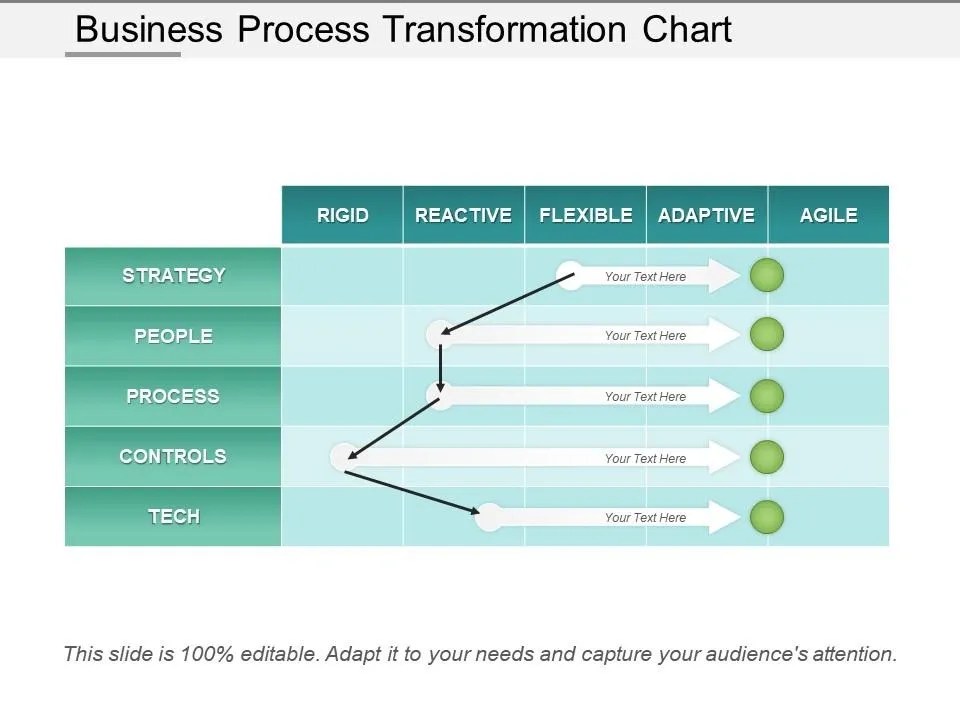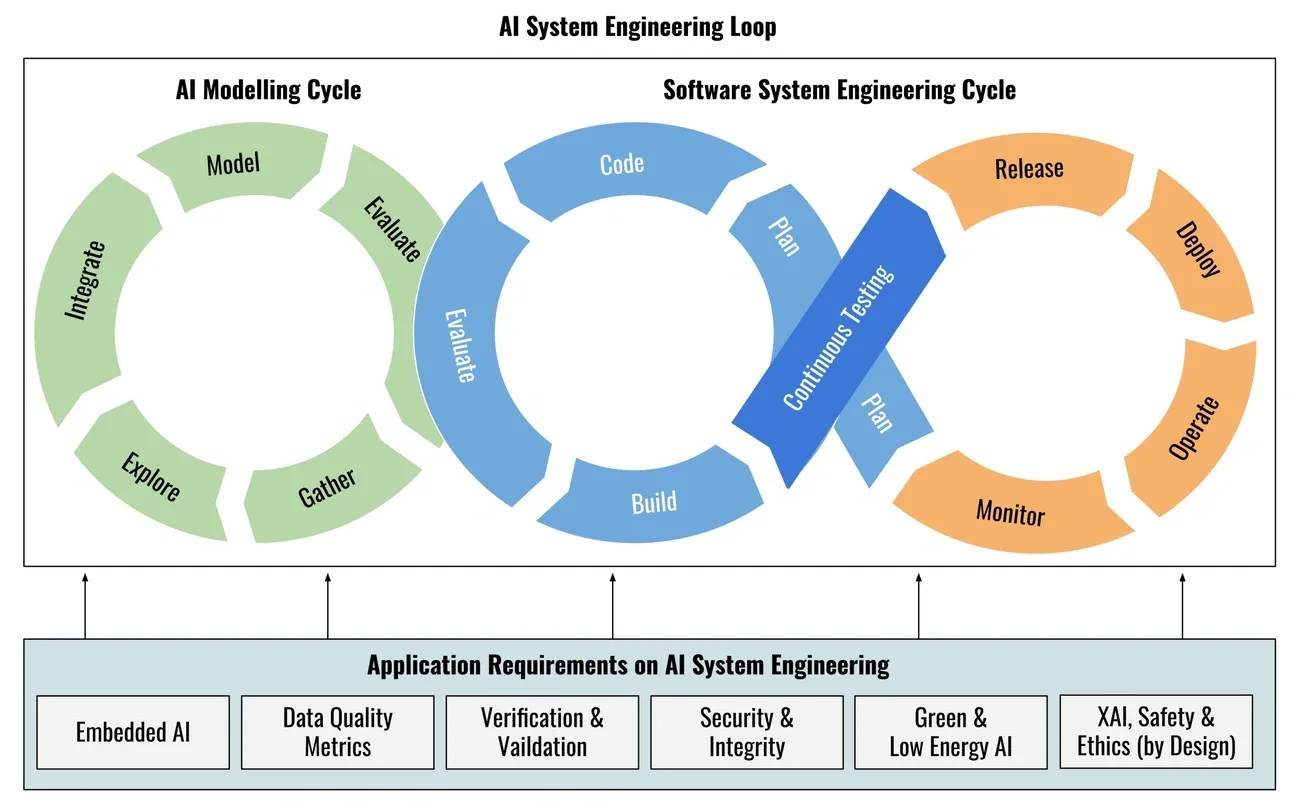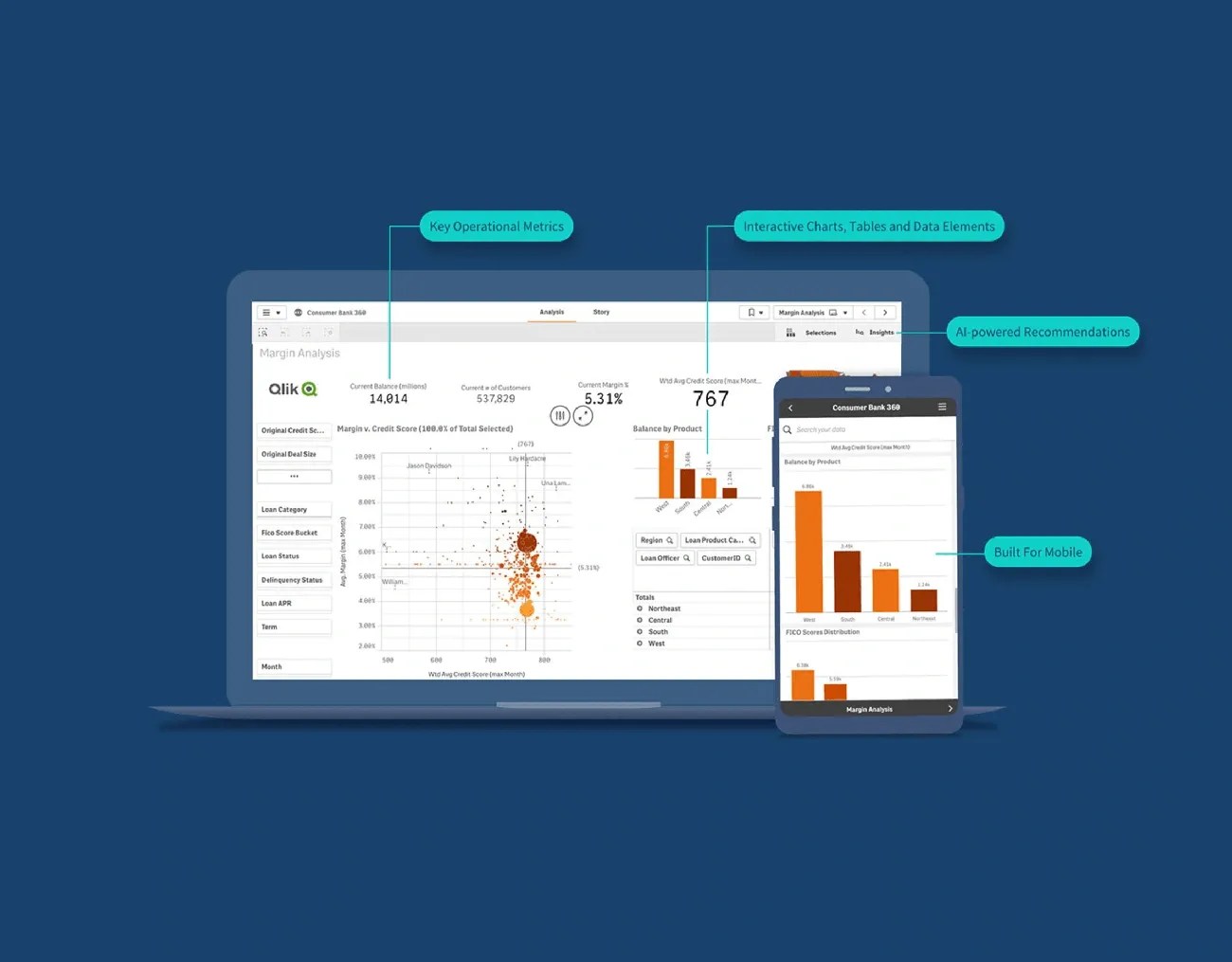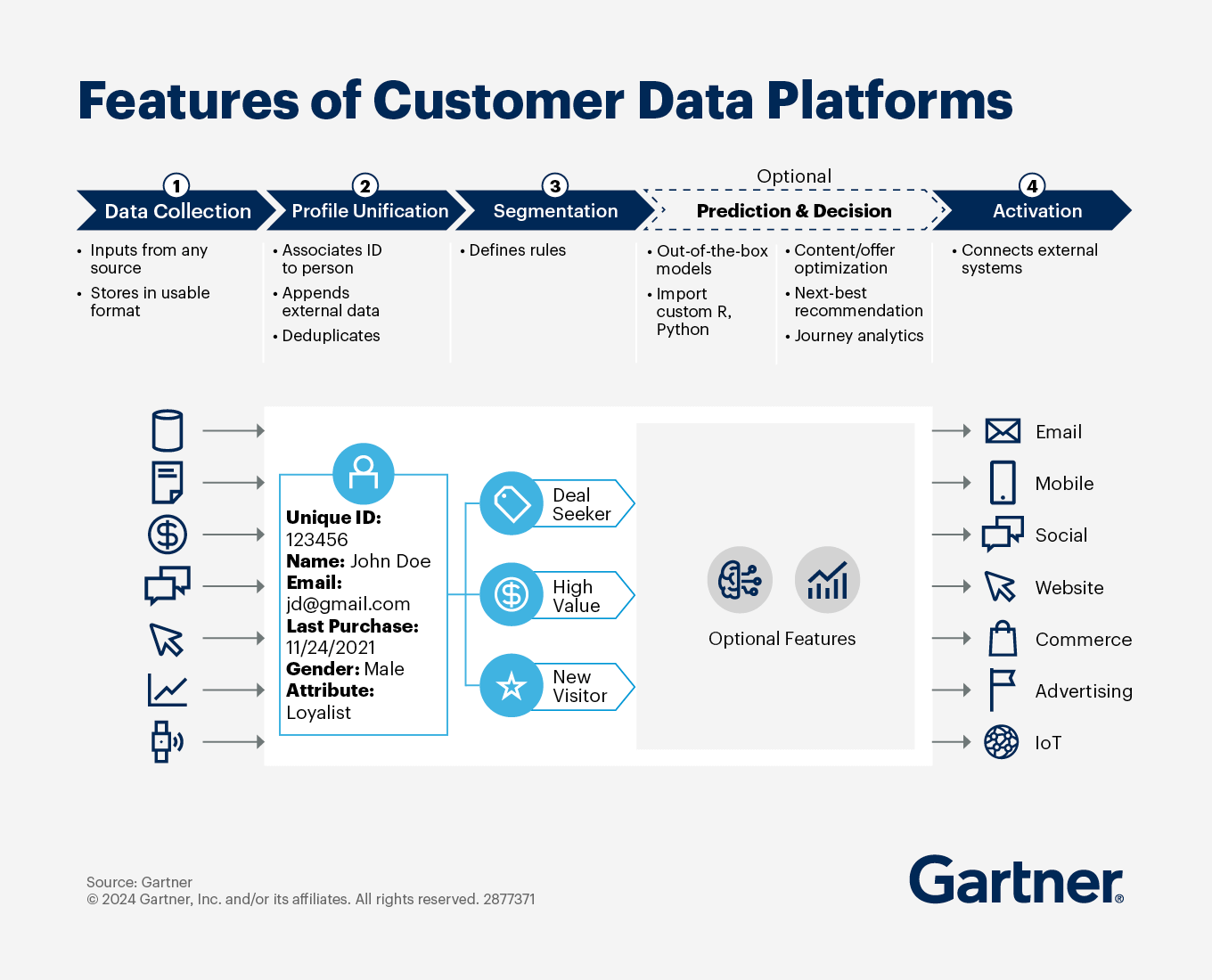What is Vibe Revenue?
Vibe revenue is money generated from customers who pay out of curiosity, novelty, or fear of missing out rather than because a product solves a genuine, persistent problem in their workflow [1]. The term was coined by Pat Grady during discussions about the initial surge of adoption and revenue when launching new AI technologies [2]. Essentially, it represents business transactions equivalent to impulse purchases, where users try a product due to its “wow factor” but don’t integrate it into their daily processes.
This phenomenon is particularly prevalent in the artificial intelligence sector, where 75% of companies building agent features lack a systematic approach to pricing them [1]. The hallmarks of vibe revenue include high initial conversion rates, impressive short-term growth curves, poor retention past 3-6 months, limited expansion within accounts, and high sensitivity to new alternatives [1].
What makes vibe revenue dangerous is its ability to perfectly mimic genuine product-market fit metrics during the first few months. The growth charts display identical patterns initially:
-
Strong upward growth trajectories
-
Healthy conversion percentages
-
Robust initial engagement
-
Positive user feedback
However, unlike true product-market fit where metrics strengthen over time, vibe revenue indicators inevitably weaken as novelty diminishes [1]. As one executive described it, “You go zero to a hundred overnight or whatever number it is. And then you look at the metrics and it turns out your engagement stinks and your retention stinks… It’s because everybody’s willing to try something” [2].
The AI hype cycle creates a unique environment for vibe revenue because, unlike previous technological cycles, the products actually function and deliver genuine initial value [1]. Furthermore, the market often values smaller startups with “just some noise and vibe revenue,” referring to companies receiving backing despite minimal sales [3]. This phenomenon is especially troublesome for founders and investors because the inflection point typically occurs 6-9 months after peak adoption [2], creating what some call the “renewal cliff” – when customers realize they’ve been paying for excitement rather than results.
Consequently, vibe revenue becomes a trap masquerading as growth while concealing a fundamental lack of real product-market fit [1]. In essence, it’s what business operators previously labeled as “vanity metrics” – impressive-looking numbers that don’t translate to sustainable business success.
The Vibe Revenue Cycle
The vibe revenue cycle follows a predictable pattern that typically unfolds in AI startups. Understanding this sequence helps identify companies experiencing this phenomenon before reaching critical failure points.
1. Launch with hype
The cycle commences when a startup debuts a polished AI demo that genuinely impresses audiences [4]. This initial presentation showcases capabilities that appear revolutionary, creating immediate excitement. Tech enthusiasts and early adopters become captivated by possibilities rather than practical applications. The product’s novelty factor drives interest, often amplified through social media and tech publications.
2. Early traction and conversions
Following the impressive launch, tech enthusiasts and curious users sign up enthusiastically [4]. This phase produces spectacular metrics, with some AI companies like Lovable reaching $100 million in annual recurring revenue (ARR) in just eight months [5]. Additionally, rapid user acquisition becomes evident, as seen with Lovable’s growth from 2.3 million to 8 million users in a short period [6]. These early metrics create an illusion of sustainable growth.
3. VC interest and funding
As growth charts display impressive upward trajectories, venture capitalists take notice [4]. The exceptional early metrics trigger competitive funding rounds at elevated valuations. For instance, vibe coding companies saw valuation multipliers ranging from 14x to 140x ARR [7]. Subsequently, funding announcements become increasingly substantial, such as Cursor raising $900 million at a $9.9 billion valuation [5].
4. Growth stalls
Approximately 4-6 months post-launch, reality begins asserting itself [4]. Users start realizing the product isn’t genuinely transforming their workflow. Many AI startups experience what one observer described as “viral demo → fast signups → impressive growth charts → brutal churn at month 6” [8]. Nevertheless, this plateau phase often remains hidden from public view as companies focus on publicizing only positive metrics.
5. Zombie phase begins
The final stage occurs when companies still possess substantial funding yet cannot achieve metrics required for additional rounds [4]. These organizations enter what investors label the “zombie startup” phase – technically alive but lacking vital signs of growth [9]. Although possessing runway from overcapitalization, these companies ultimately face a “renewal cliff” when customers realize they’ve invested in excitement rather than results [2]. This challenging position leaves founders with difficult decisions regarding sustainable business models versus venture scale expectations [10].
Why Vibe Revenue Looks Like Product-Market Fit
The deceptive nature of vibe revenue stems from its remarkable ability to mimic genuine product-market fit during initial growth stages. This illusion creates a dangerous trap for founders and investors who mistake early enthusiasm for sustainable business traction.
What makes vibe revenue particularly treacherous is that it perfectly replicates the metrics of authentic product-market fit during the first 3-6 months of a product’s lifecycle. These metrics include growth curves trending upward, healthy conversion rates, strong initial engagement, and positive user feedback exclaiming “This is so cool!” Yet, a fundamental difference exists: with true PMF, these indicators strengthen over time, whereas with vibe revenue, they inevitably weaken as novelty diminishes.
Approximately 34 percent of startups fail specifically because they don’t find the right product-market fit [11]. Many founders fall into the trap of assuming that creative ideas will automatically succeed—a misconception that leads to premature scaling. Indeed, as one product management expert notes, “The number one problem I’ve seen for startups is they don’t actually have product/market fit when they think they do” [12].
Most entrepreneurs conceptualize product-market fit as reaching the point where some subset of customers love their product’s features. However, this understanding is incomplete. Forensic analysis of failed companies reveals that many had features customers loved, yet still failed to thrive [13]. In reality, true product-market fit requires three elements working in concert:
-
Compelling value propositions (not just features)
-
Proper ecosystem positioning
-
Viable business model
Since vibe revenue primarily comes from curiosity, hype, and FOMO rather than necessity, it creates an illusion of success similar to dating someone who seems perfect during the honeymoon phase but lacks long-term compatibility [2]. This dynamic is specifically problematic in the AI sector, where products create instant “wow” moments without necessarily solving persistent problems.
Specifically, many founders are measuring product-market fit based on vibes instead of metrics [14]. Until a company has sold to strangers making real trade-offs with their money (not getting something for free), they cannot claim to have product-market fit. According to venture capital analysis, entrepreneurs must test and validate all elements of their business model until they achieve genuine product-market fit [11].
Ultimately, vibe revenue represents what business operators previously labeled as “vanity metrics” – impressive numbers that mask fundamental weaknesses in the business foundation [15].
How to Spot Vibe Revenue Early
Identifying vibe revenue requires examining several key metrics that reveal whether customer adoption is genuine or merely curiosity-driven. These warning signs typically manifest within the first few months of product launch, providing early indicators before the business faces critical challenges.
Low retention after 3–6 months
The most telling metric for distinguishing vibe revenue from genuine product-market fit is cohort retention beyond 6 months. Strong cohort retention indicates real product-market fit, whereas rapid decay suggests vibe revenue [15]. Specifically, companies experience robust growth during initial months followed by steep drop-offs as users discover the product lacks essential utility. This pattern creates what some executives call the “renewal cliff” – occurring approximately 6-9 months after peak adoption [1].
No account expansion
Legitimate revenue growth includes expansion within existing accounts as users discover increasing value. Conversely, vibe revenue shows minimal or no account expansion over time [16]. Even companies measuring user activation find that many paid users never take critical first steps, such as adding database connections within the first 14 days [17]. Businesses with outcome-based pricing achieve 85%+ renewal rates, whereas those without struggle to maintain even 40% [1].
High churn when competitors appear
Products generating vibe revenue exhibit minimal customer loyalty once alternatives emerge. Users switch readily to newer options offering similar functionality, indicating the original product never became essential [15]. This vulnerability stems from nonexistent switching costs, allowing customers to migrate effortlessly to competitors with newer models, slicker interfaces, or lower prices.
Lack of workflow integration
Products generating sustainable revenue become embedded in users’ daily work processes. Effective integration serves as a primary indicator of genuine product adoption [2]. Without this integration, products remain peripheral – interesting yet dispensable. The critical difference between having an initial “magic moment” versus solving end-to-end workflows determines whether revenue persists [1].
Users don’t complain when pricing changes
Perhaps most revealing is users’ reaction to pricing adjustments. When customers churn without protest following price changes, this signals they never truly valued the product [2]. One company reduced pricing from $1500 to $750 and eventually to $500 after consistently encountering resistance, demonstrating their offering lacked sufficient perceived value [18].
Companies experiencing these warning signs should implement momentum measurement systems immediately, tracking not merely adoption metrics but genuine indicators of value delivery and workflow integration.
Real AI Businesses vs Vibe Businesses
The distinction between genuine AI businesses and those merely riding the hype cycle represents a crucial challenge for investors, customers, and founders in today’s tech landscape. With global private AI investment reaching a record USD 252.30 billion in 2024 [19], identifying which companies provide substantial value versus those generating fleeting excitement has become increasingly difficult.
Genuine AI-driven businesses fundamentally differ from their vibe-based counterparts. Companies like Replit and Cursor have successfully integrated their solutions into developers’ daily workflows, creating tools that save measurable time and improve output quality [2]. Similarly, Perplexity has evolved beyond initial curiosity value into a genuine research tool, correspondingly addressing persistent user needs [2]. Meanwhile, infrastructure providers such as Anthropic and OpenAI have established foundational technology that powers broader ecosystems [2].
In contrast, vibe-based businesses typically exhibit several distinguishing characteristics:
-
AI companions generating high initial engagement but rapidly diminishing usage
-
“AI-powered” productivity tools that merely repackage existing LLM capabilities with minimal innovation
-
Vertical AI solutions featuring impressive demos without meaningful workflow integration
-
Tools creating striking outputs that fail to address sustainable use cases [2]
The market currently values many smaller startups with “just some noise and vibe revenue,” referring to companies receiving financial backing despite minimal actual sales [3]. This creates significant confusion, with more than three-quarters of businesses reporting difficulty identifying credible AI expertise amid the surge of companies claiming AI experience [20].
What truly separates these business categories isn’t technological impressiveness—both can create “wow” moments initially. The fundamental difference lies in whether the product solves a persistent problem in a way that becomes habitual [2]. Genuine AI businesses integrate into workflows, save time, improve outcomes, and deliver measurable results. Comparatively, vibe-based offerings generate initial excitement without becoming essential to users’ processes.
This distinction matters substantially as two-thirds of companies that have experienced significant impact from generative AI expect it will completely redefine their business models within two years [20]—an expectation that proves realistic only when built upon genuine AI solutions rather than temporary fascination.
How to Build Beyond the Vibe
Building a sustainable AI business requires moving beyond initial hype to establish genuine utility. Companies that transcend vibe revenue focus on four fundamental strategies that create lasting value.
Focus on retention
Optimizing for long-term usage should take precedence over initial wow factors. Fundamentally, retention is the foundation of long-term profitability [21]. Successful companies strengthen post-purchase engagement through personalized experiences leveraging first-party data and proactive customer support [21]. Tracking customer lifetime value, repeat purchase rates, and churn metrics becomes essential for measuring retention effectiveness [21].
Integrate into daily workflows
Products must transform from interesting demos to essential tools. Properly integrated solutions become part of users’ muscle memory [2]. Workflow integration streamlines communication by breaking down data silos while boosting workforce utilization through task elimination [8]. Moreover, such integration enhances productivity, enforces data security, and ultimately fuels innovation [8].
Build defensibility with data or community
Effective defensibility strategies develop in layers over time. Primarily, businesses start with rapid growth that attracts investors and talent [22]. As companies mature, underlying mechanics like network effects become critical [22]. Memory within AI systems—from user interactions or workflow embedding—creates significant switching costs [22]. For instance, Cursor’s defensibility comes from learning team patterns and shared contexts [22].
Solve real, persistent problems
Successful AI projects start with well-understood problem statements. Crucially, these problems must have owners willing to commit resources [23]. Effective qualification involves systematic collection and curation of problems across the organization [23]. Companies must address blindspots with private, privileged datasets creating unique insights where existing LLMs have gaps [4].
References
[1] – https://paid.ai/blog/ai-monetization/vibe-revenue-a-mirage-of-ai-success
[2] – https://www.gregisenberg.com/blog/vibe-revenue
[3] – https://www.cnbc.com/2025/11/14/vibe-revenue-ai-companies-admit-theyre-worried-about-a-bubble.html
[4] – https://espressocapital.com/resources/blog/how-to-build-an-enduring-and-defensible-generative-ai-company/
[5] – https://www.inc.com/chloe-aiello/vibe-coding-just-minted-another-100-million-revenue-company-in-record-time/91219434
[6] – https://www.forbes.com/sites/iainmartin/2025/11/14/vibe-coding-startup-lovable-in-talks-to-raise-at-6-billion-valuation/
[7] – https://www.trendingtopics.eu/vibe-coding-startups-valuations-grew-by-350-in-one-year-huge-revenue-multiples/
[8] – https://thedigitalprojectmanager.com/productivity/workflow-integration/
[9] – https://techcrunch.com/2022/10/15/zombie-startups/
[10] – https://www.23mile.com/insights/hypergrowth-zombie-startups-shutdowns
[11] – https://online.hbs.edu/blog/post/how-to-find-product-market-fit
[12] – https://www.forbes.com/councils/forbestechcouncil/2020/01/21/three-mistakes-startup-leaders-make-when-determining-product-market-and-go-to-market-fit/
[13] – https://medium.com/swlh/true-product-market-fit-is-a-minimum-viable-company-56adeb3e49cd
[14] – https://demandmaven.io/ep51-you-dont-actually-know-if-you-have-product-market-fit-heres-how-to-tell/
[15] – https://theventurecrew.substack.com/p/beware-of-vibe-revenue-the-silent
[16] – https://www.linkedin.com/posts/vibhanshukarn_aiagents-aimonetization-activity-7366877543439749120-4Tze
[17] – https://www.linkedin.com/posts/pladevall_weve-stopped-counting-vibe-revenue-the-activity-7331756072698888192-yUOG
[18] – https://paid.ai/blog/ai-monetization/the-saas-agent-transition-report-from-vibe-pricing-to-value-capture
[19] – https://hbr.org/2025/11/how-generative-ai-is-reshaping-venture-capital
[20] – https://www.itpro.com/technology/artificial-intelligence/businesses-finding-it-hard-to-distinguish-real-ai-from-the-hype-report-suggests
[21] – https://www.northbeam.io/blog/beyond-acquisition-why-retention-should-be-every-marketers-priority
[22] – https://www.nfx.com/post/ai-defensibility
[23] – https://strategyofthings.io/successful-ai-starts-with-the-right-problems
 Did you know that finding the right balance between managers and team members can improve productivity by up to 30%? Effective workforce management starts with establishing the optimal supervision ratio.
Did you know that finding the right balance between managers and team members can improve productivity by up to 30%? Effective workforce management starts with establishing the optimal supervision ratio. Unstructured information constitutes a staggering 80% of all enterprise data, yet many organizations still focus primarily on the structured 20% when developing AI strategies. Despite investing millions in database systems and data warehouses, companies often overlook the massive potential hidden in emails, documents, images, videos, and social media posts.
Unstructured information constitutes a staggering 80% of all enterprise data, yet many organizations still focus primarily on the structured 20% when developing AI strategies. Despite investing millions in database systems and data warehouses, companies often overlook the massive potential hidden in emails, documents, images, videos, and social media posts. Outcome as a service is fundamentally transforming how businesses manage customer relationships in 2025. Traditional CRM systems, once the backbone of sales and customer management, are rapidly becoming obsolete as companies shift toward result-oriented solutions rather than software licenses. This transition isn’t merely a trend but a necessity, as organizations increasingly demand measurable returns from their technology investments.
Outcome as a service is fundamentally transforming how businesses manage customer relationships in 2025. Traditional CRM systems, once the backbone of sales and customer management, are rapidly becoming obsolete as companies shift toward result-oriented solutions rather than software licenses. This transition isn’t merely a trend but a necessity, as organizations increasingly demand measurable returns from their technology investments. Vibe marketing transforms how brands connect with audiences in 2025, replacing complex campaigns with emotion-driven, AI-powered content. Unlike traditional marketing that relies on large teams and extensive resources, this approach enables even small businesses to create authentic engagement through streamlined workflows.
Vibe marketing transforms how brands connect with audiences in 2025, replacing complex campaigns with emotion-driven, AI-powered content. Unlike traditional marketing that relies on large teams and extensive resources, this approach enables even small businesses to create authentic engagement through streamlined workflows. Brands are rapidly embracing generative AI, with 59% either testing or expanding their efforts to enhance personalization. Context engineering plays a crucial role in this shift by helping companies derive value from their customer data platforms (CDPs) instead of just gathering more data.
Brands are rapidly embracing generative AI, with 59% either testing or expanding their efforts to enhance personalization. Context engineering plays a crucial role in this shift by helping companies derive value from their customer data platforms (CDPs) instead of just gathering more data.


